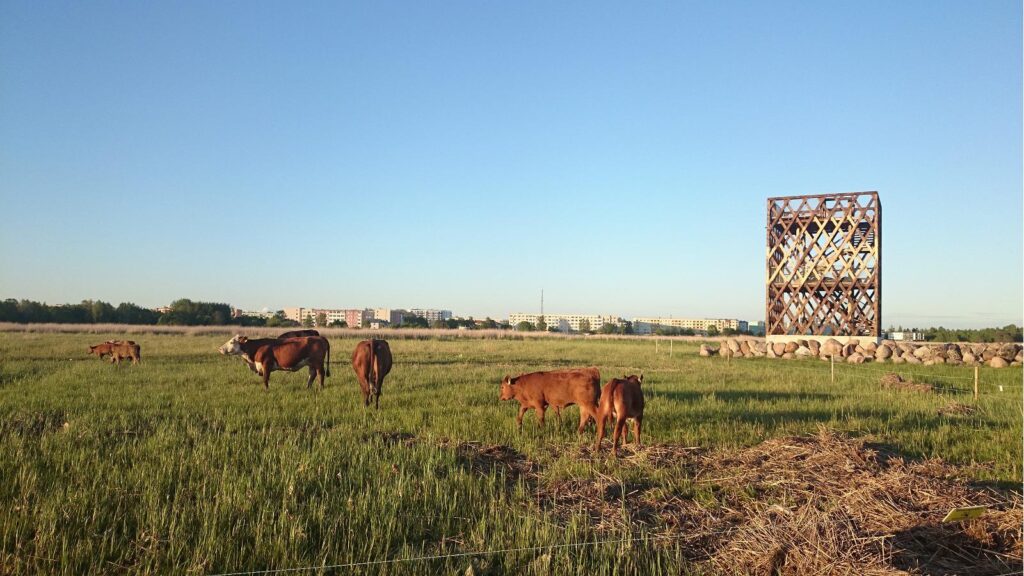Seven locations in Estonia – three towns, two islands, a county and a national park – have been included in the Sustainable Top 100 Destinations 2020 list.
The Sustainable Top 100 Destinations competition, organised by 12 international organisations under the Green Destinations umbrella, aims to showcase sustainable tourism stories and good practices of destinations, as inspiring examples to others, to tour operators and to travellers.
The 2020 list includes seven locations from Estonia – the islands of Hiiumaa and Saaremaa, the towns of Pärnu, Rakvere and Tartu, Järva County and Lahemaa National Park that is split between Harju and Lääne-Viru County.
By publishing the annual list, the initiators acknowledge the steps taken towards making tourism destinations more sustainable, responsible and more attractive from a visitor experience point of view.
“This year, the selection was more than ever determined by the quality, effectiveness and transferability of the good practice stories that were submitted by the destinations,” Green Destinations said in a statement. “The Top 100 committee stresses that selection for the Top 100 list does not mean the destination is sustainable. It means it is making good efforts and promising progress. Completely sustainable destinations do not exist.”
Good practice stories from Estonia
Hiiumaa island has taken steps to protect the European mink, arguably the most endangered small predator in the world. Now, safe havens have been created for the European mink in Hiiumaa, the suitably sized island that has many forests.
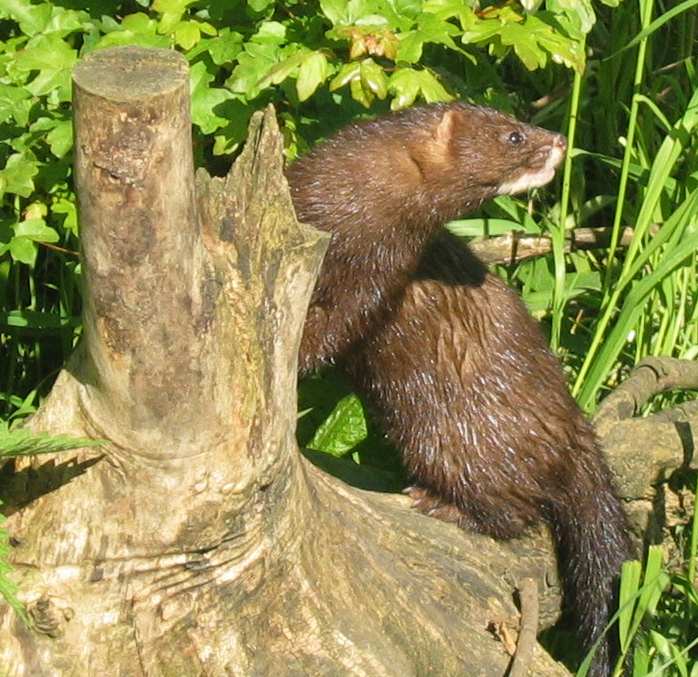
Järva County’s sustainable practice focuses on its main town, Paide – specifically reviving its main square. “By carrying out an urban space experiment over the period of three years, the town of Paide was able to revive its historical main square into a meeting place for the people and to devise a better informed planning task for the architectural competition in order to permanently renew the square.”
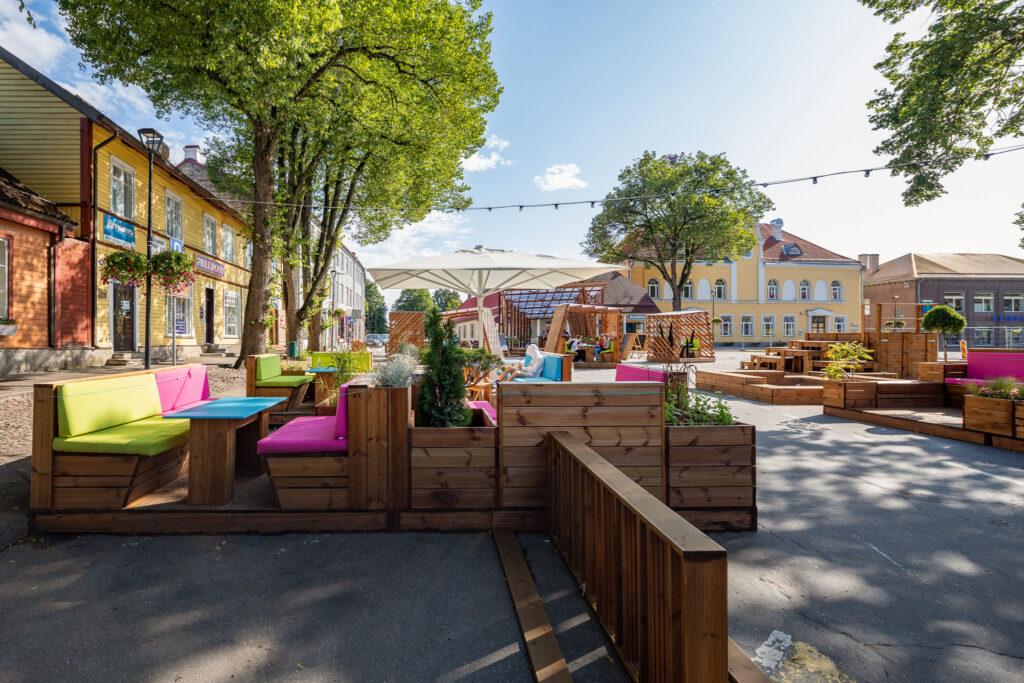
Lahemaa, one of Europe’s biggest national parks, is highlighted for organising the Celebration of European Day of Parks in Estonia in late May, just as the COVID-19 pandemic imposed restrictions eased.
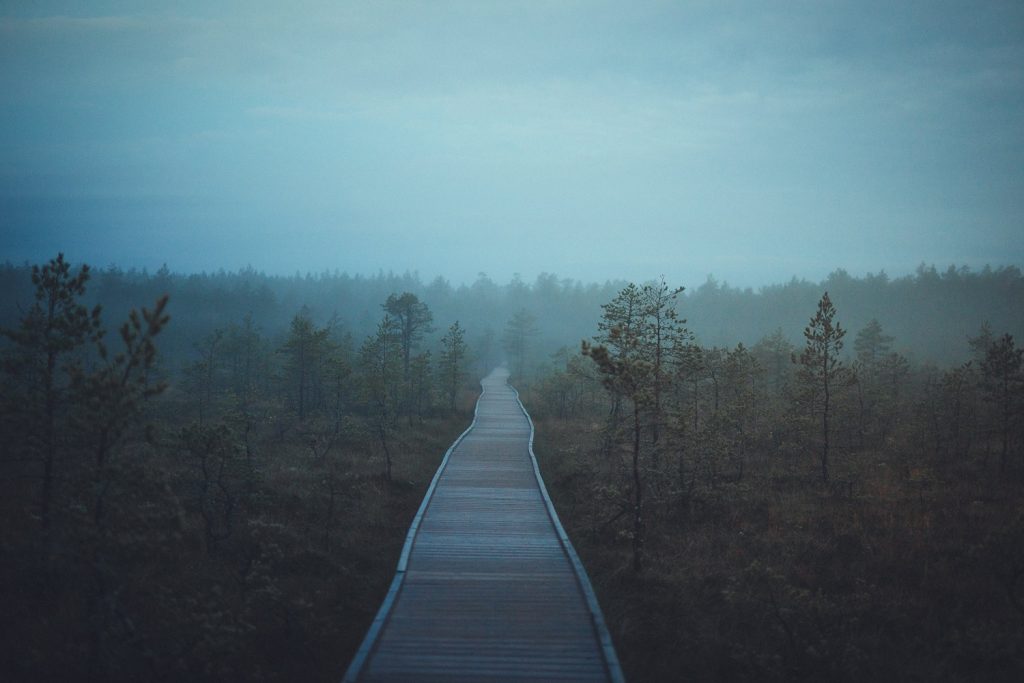
Pärnu is noted for bringing “urban cows” – approximately 100 bovine animals – to the town’s coastal meadows. In addition, the town’s authorities cleaned up the coastal lagoons, built wooden walking trails and bird watching towers on the coastal grazing areas to bring people closer to nature.
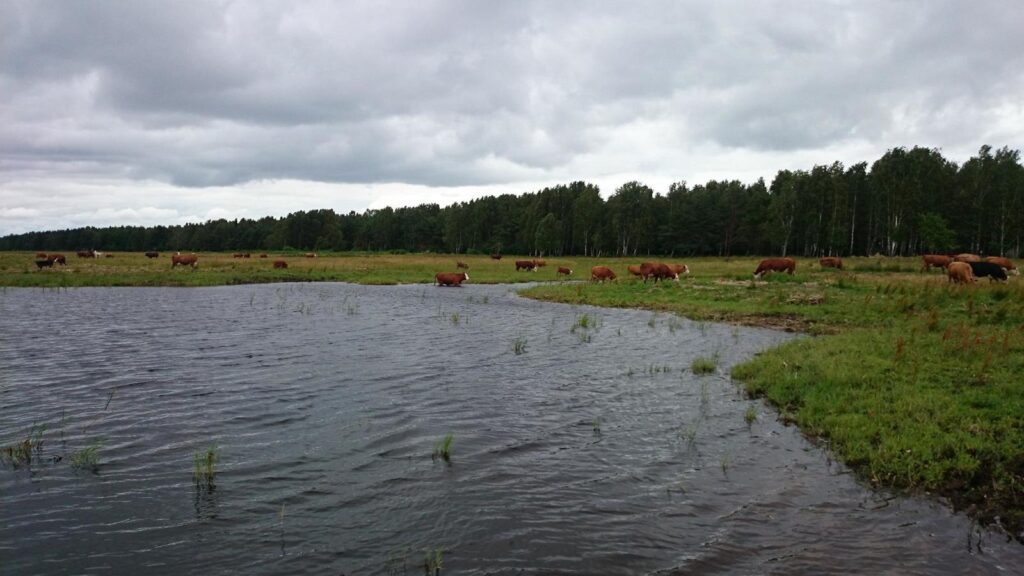
Rakvere stands out for renovating its Soviet-era block houses that were uninsulated and badly ventilated by modern standards. Out of the 52 block houses, the town has already renovated 40 and is in the process of getting all up to a modern, energy-efficient standard.
Saaremaa island is highlighted for hosting an environmentally friendly music festival, I Land Sound. The four-day camping-based greenfield festival restricted the number of people on its grounds, banned single-use plastic (real cutlery, plates and cups were used) and drinking straws and provided access to clean and fresh tap water for free for everyone. Each caterer was obliged to have at least one vegetarian option, as this option is ecologically less damaging to produce.
There was also an onsite waste recycling system and cigarette buds were collected separately (and later recycled to make a standup paddle board). No posters or leaflets were printed to promote I Land Sound. At the festival and camping area, all information signs were hand-written on reusable wooden boards that were collected from the local waste station.
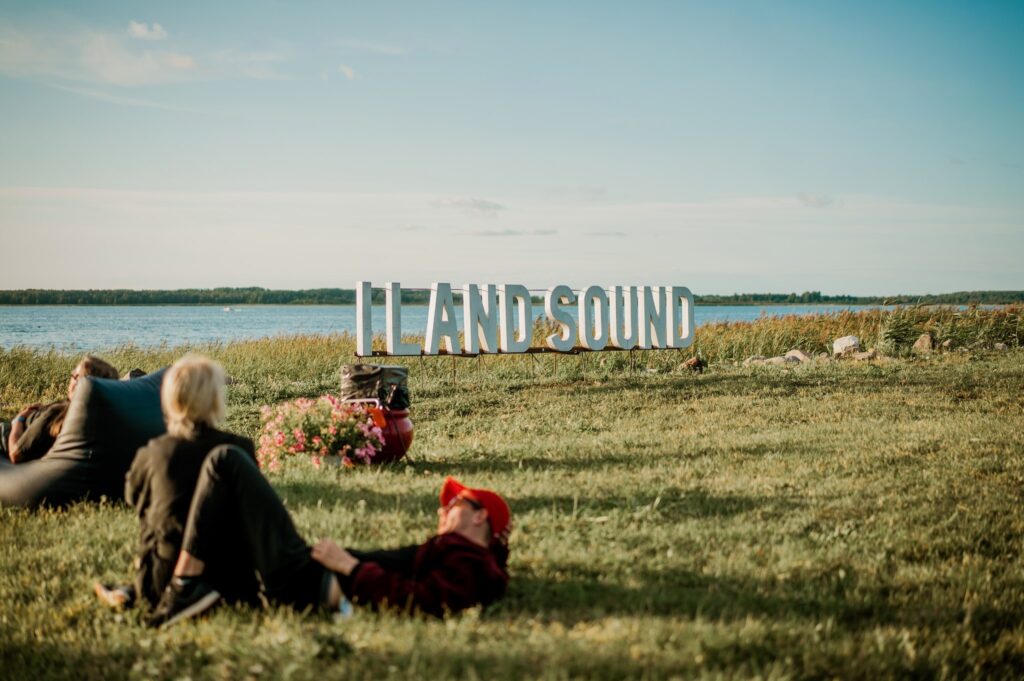
Tartu is in the list for taking steps to reduce private car use in the town. Tartu is encouraging its residents and visitors to use more public transport and has made the town more cyclist and pedestrian friendly. The town introduced a public, self-service bike share system for short trips and improved its public transport network. The town’s buses use only compressed natural gas.
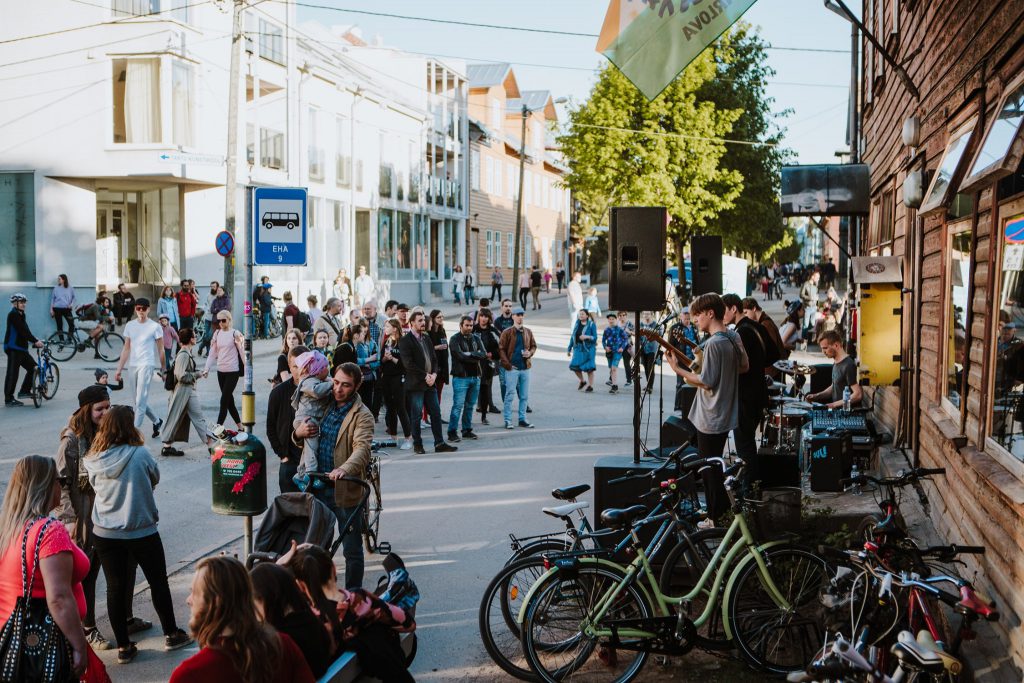
Cover: Pärnu coastal meadow reserve, observation tower and “urban cows”. Photo by Elen Juurma.

